sobre o que você deseja falar?

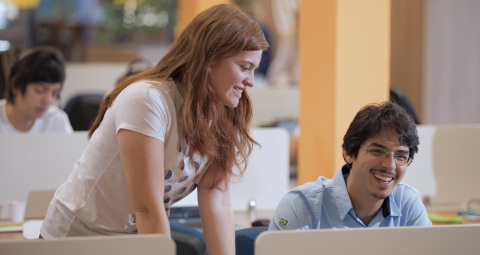
perguntas, sugestões ou problemas técnicos envolvendo a plataforma

informações sobre a empresa
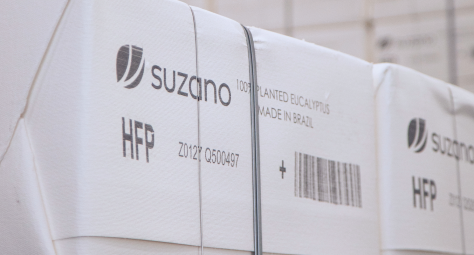

Commitments to Renewing Life
For planet
94 %
We dispose of the waste generated in our operations responsibly and in compliance with all legal requirements. We want to give our waste a destination that allows for greater circularity, enabling it to be used in other production chains. Therefore, we are looking for sustainable technologies and solutions for industrial waste, which we previously sent to our own landfills and third parties, to encourage new uses, such as turning it into soil acidity correctors and other agricultural inputs. Today, our forestry operations are already using this solution, and we have reincorporated what was previously discarded into the process. In addition, we use part of our waste as biomass for energy generation (energy recycling) and we have a team in our organizational structure dedicated to selling these by-products to other industries.
The commitment represents the amount of waste sent to landfill (kg/t), considering the total amount of industrial waste sent (kg) per ton of saleable pulp and paper from all of Suzano's industrial units. Thus, all waste destined for its own and third-party landfills is considered, corresponding to non-hazardous industrial inorganic waste, such as grids and lime sludge, and organic waste, such as primary and biological sludge.
Reduce industrial solid waste sent to landfill by 70% per ton of product - from 44.3 kg/t to 13.3 kg/t by 2030
In 2024, the annual expectation for this target was exceeded and we reached an intensity of 15.3 kg/ton, which represents an increase of 93.5% compared to the baseline. This performance is the result of investments in intelligent treatment technologies. An example is the transformation of inorganic waste into soil acidity correctives, which are used in our forestry operations and marketed to other agricultural companies. In 2024, we highlight the performance at the Mucuri unit obtained from this initiative, which is also underway at the Imperatriz and Três Lagoas units.
We have also made progress on organic waste thanks to partnerships with composting centers, such as the Jacareí and Três Lagoas units. The expansion of these initiatives to other units is under discussion. As a result, this waste is no longer sent to landfills, aligning our practices with the concept of a circular economy.
It is worth noting that the data from the Ribas do Rio Pardo unit has not been incorporated into the calculation of the Commitment's results, due to the inherent instability of the startup of the plant still underway in 2024.
| 2018 | 2019 | 2020 | 2021 | 2022 | 2023 | 2024 | |
|---|---|---|---|---|---|---|---|
| kg/t | kg/t | kg/t | kg/t | kg/t | kg/t | kg/t | |
|
Industrial waste sent to landfill |
44.30 |
37.00 |
31.70 |
20.80 |
18.40 |
16.30 |
15.30 |
We will continue to seek to optimize the waste disposal solutions already in place, as well as continue to invest in the development of new sustainable disposal alternatives to effectively guarantee a waste reduction sent to landfill.

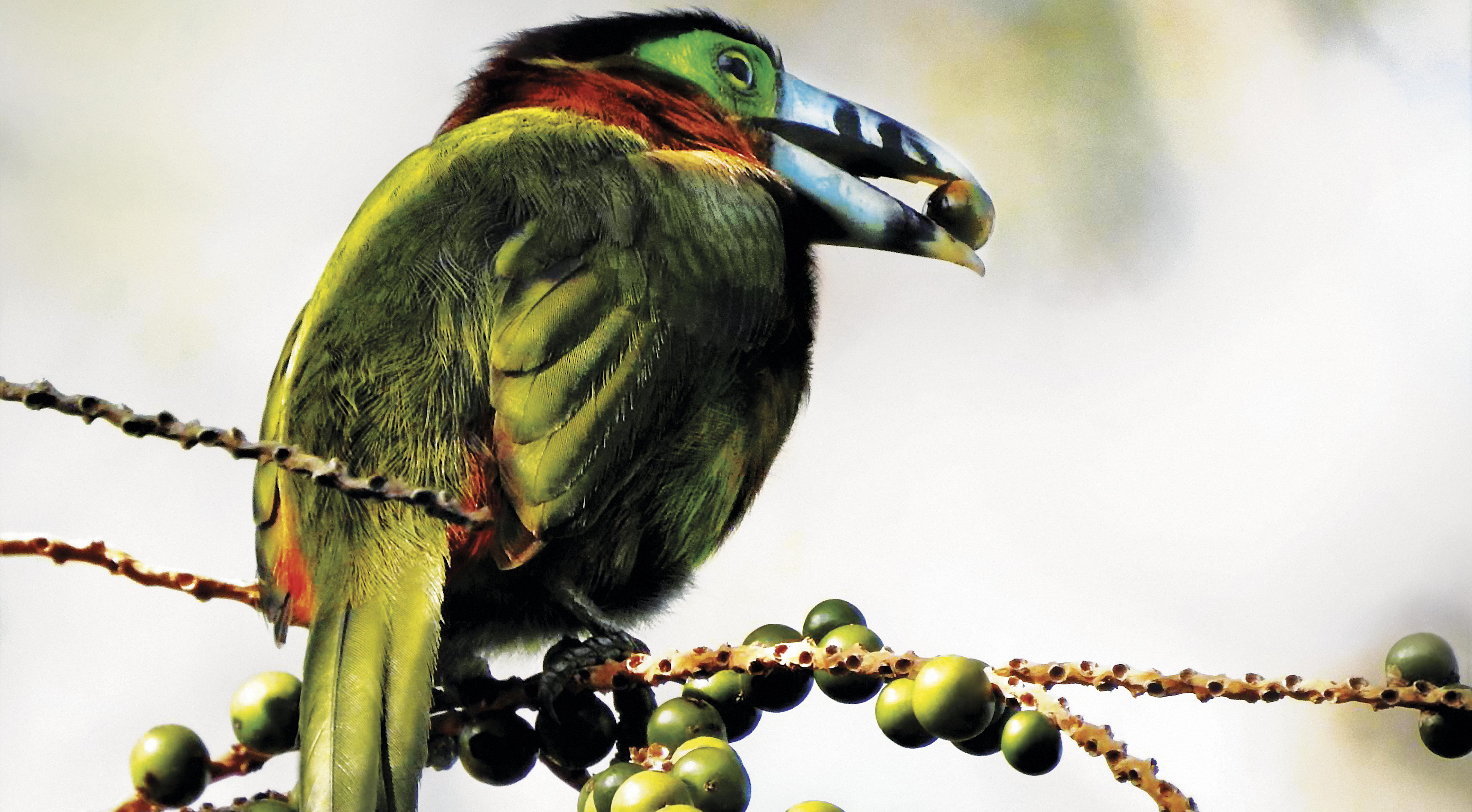
Connect half a million hectares of priority areas for biodiversity conservation in the Cerrado, Atlantic Forest, and Amazon.

Make available 10 million tons of renewable-source products that can replace plastic and other petroleum-based products by 2030.
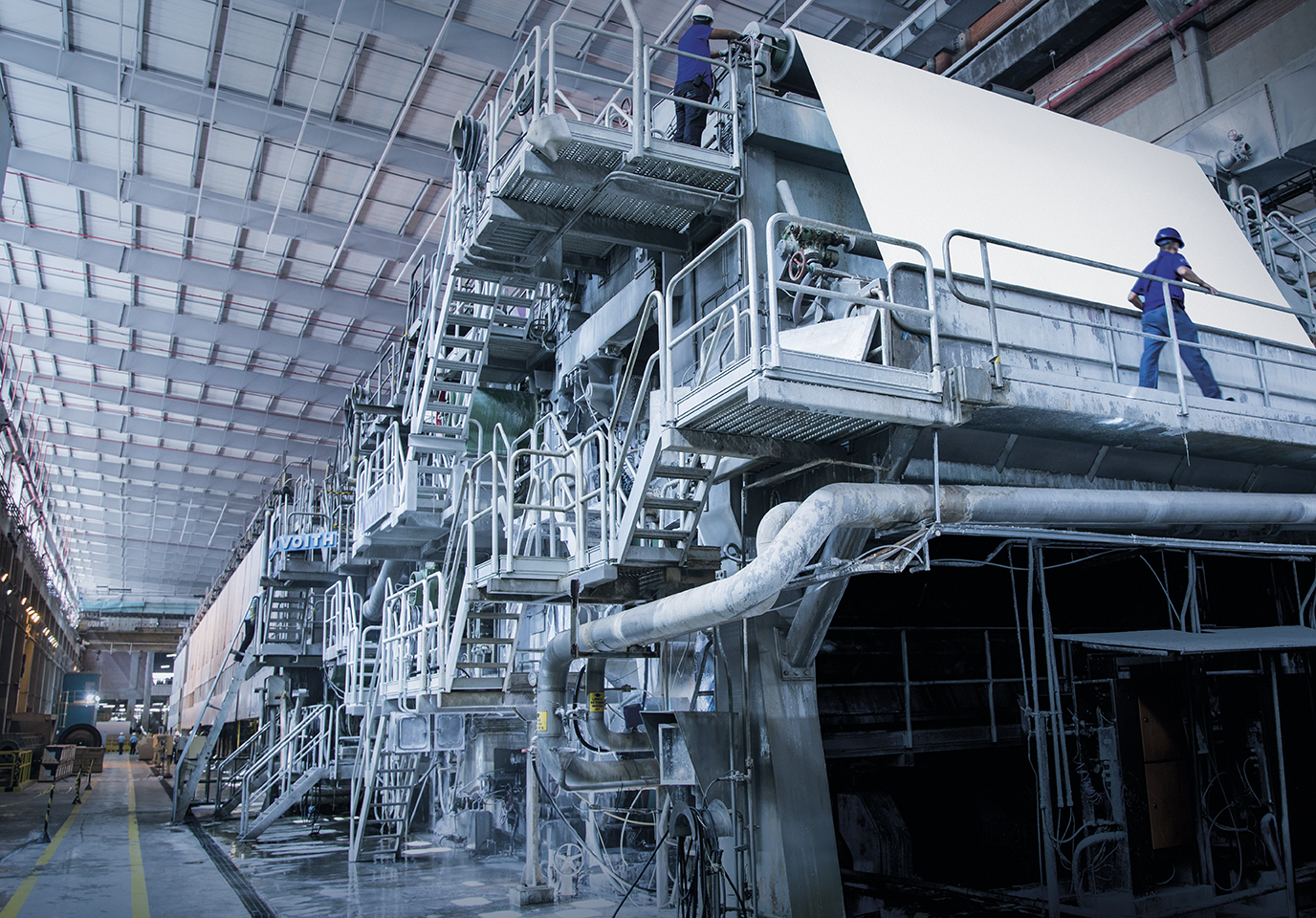

Remove 40 million tons of carbon from the atmosphere by 2025; Reduce by 15% the intensity of the Greenhouse Gas emissions of scopes 1 and 2, per ton of production...
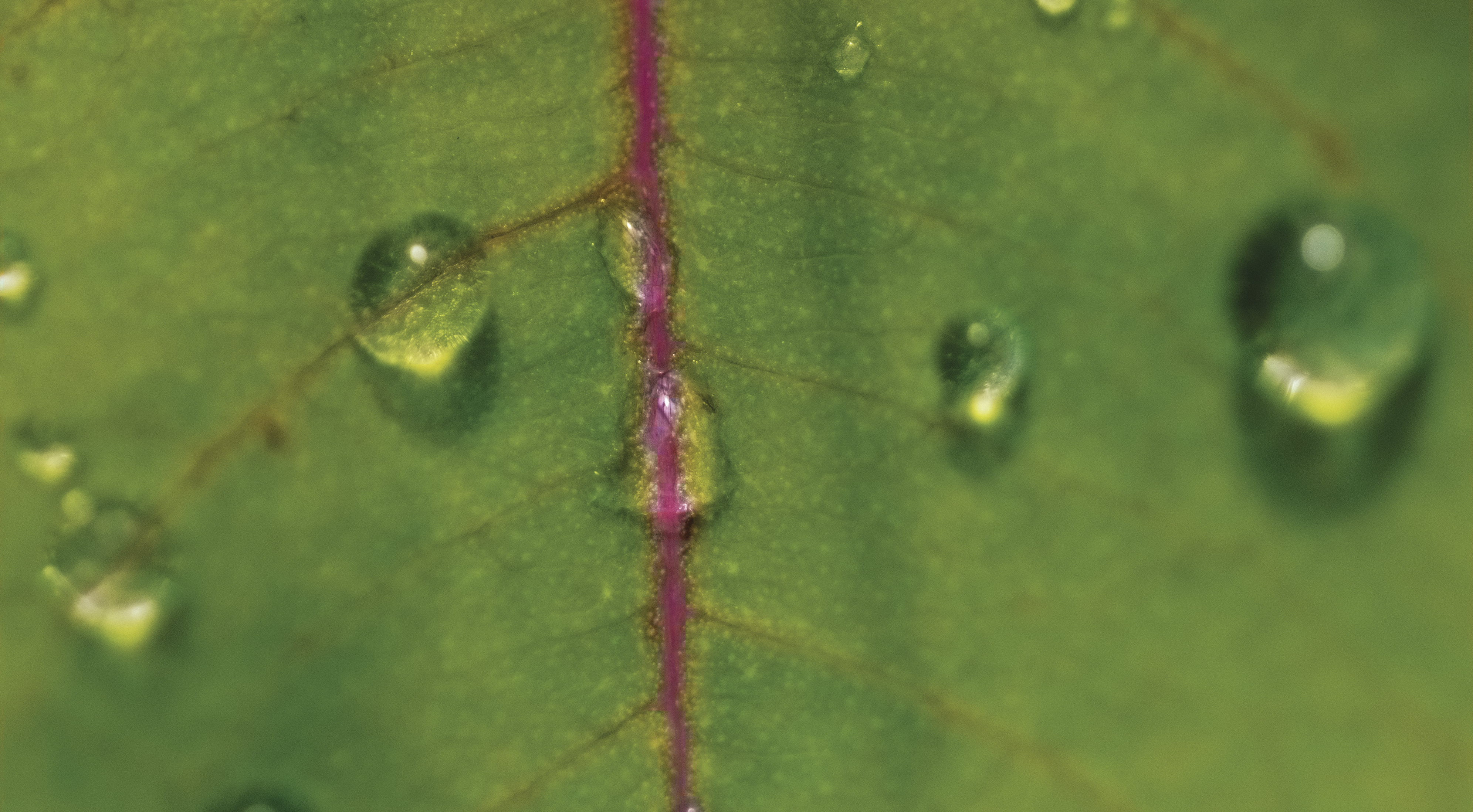
Increase water availability in all the critical watersheds¹ in Suzano's areas of operation by 2030 and reduce by 15% the water captured in our industrial operations...